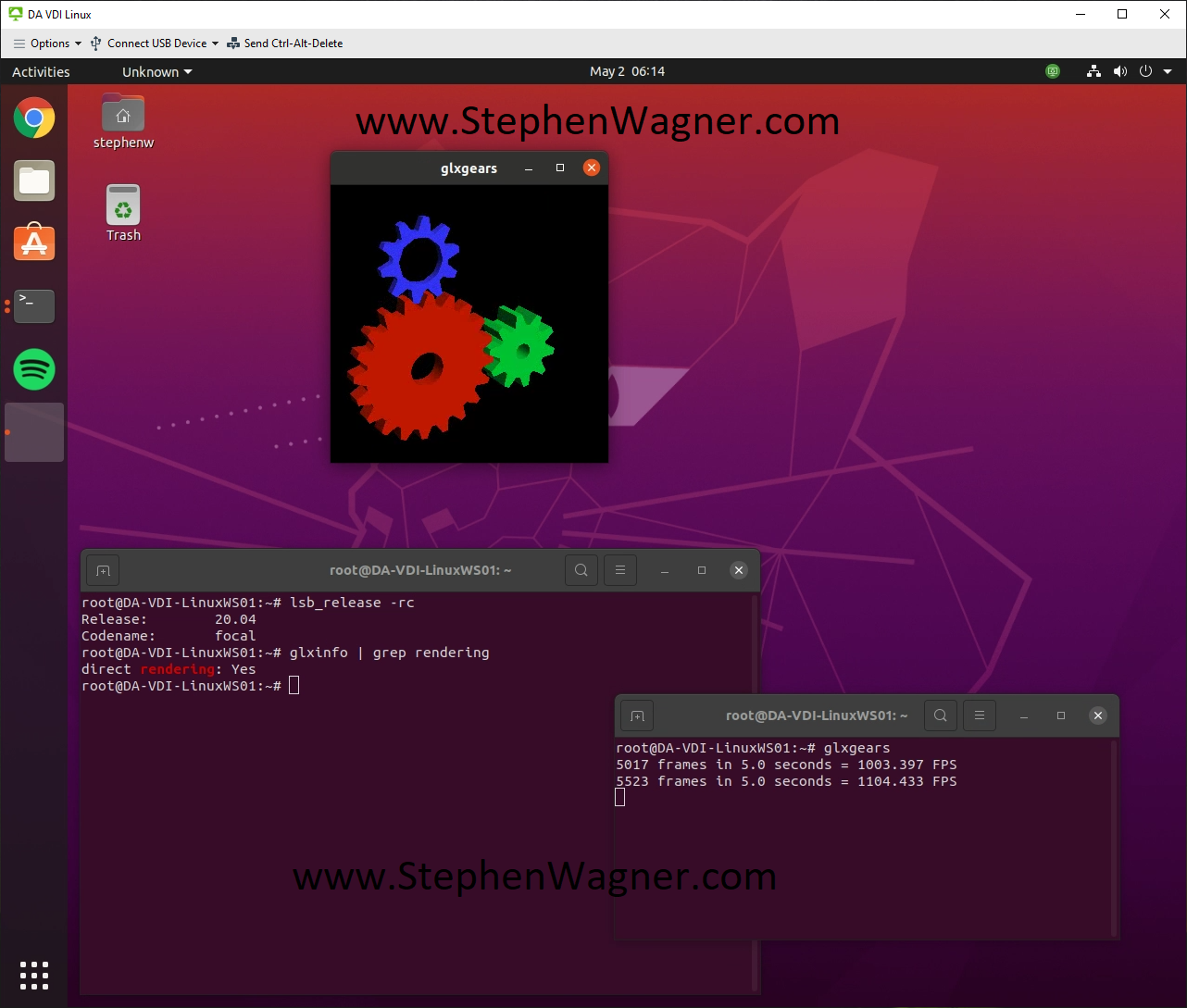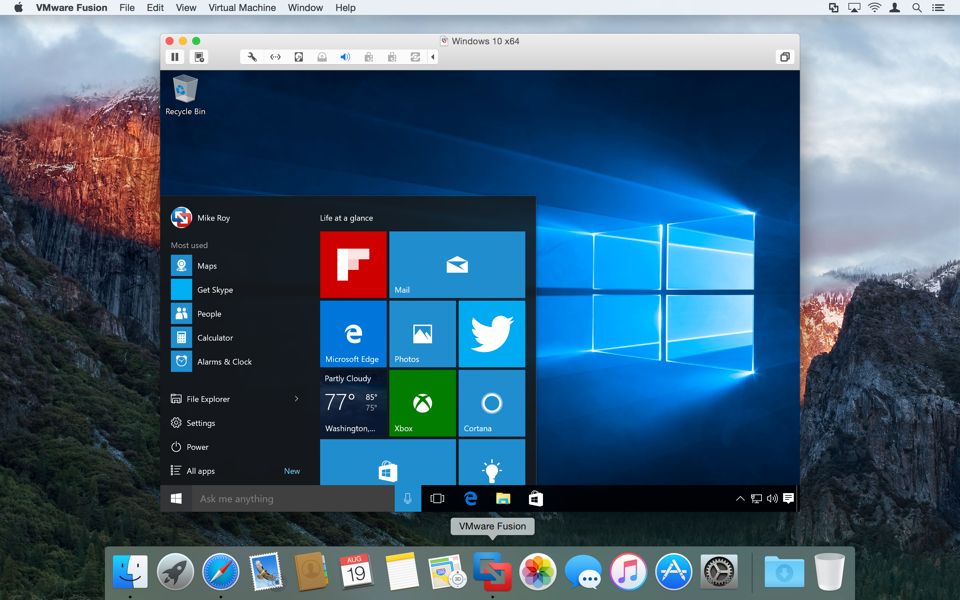

- #Vmware unity for mac os x guest install#
- #Vmware unity for mac os x guest zip file#
- #Vmware unity for mac os x guest Patch#
- #Vmware unity for mac os x guest code#
System should have a persistent scratch partition - should be OK except for statelessĢ. You may need to ensure the contents of the esxi folder have execute permissionsġ.

The patcher is embbedded in a shell script local.sh which is run at boot from /etc/rc.local.d. Please note that you will need to reboot the host for the patches to become active. Use the unzip command to extract the files. Once uploaded you will need to either use the ESXi support console or use SSH to
#Vmware unity for mac os x guest zip file#
You will need to transfer the zip file to the ESXi host either using vSphere client or SCP. You may need to ensure the contents of the osx folder have execute permissions This is really only needed if you want to use client versions of Mac OS X. On Mac OS X you will need to be either root or use sudo to run the scripts. Uninstall.sh - restores VMware and removes darwin.iso tools image from VMware

Install.sh - patches VMware and copies darwin.iso tools image to VMware You may need to ensure the contents of the linux folder have execute permissions On Linux you will need to be either root or use sudo to run the scripts. Uninstall.cmd - restores VMware and removes darwin.iso tools image from VMware Install.cmd - patches VMware and copies darwin.iso tools image to VMware On Windows you will need to either run cmd.exe as Administrator or usingĮxplorer right click on the command file and select "Run as administrator". In all cases make sure VMware is not running, and any background guests have Message on those systems telling you that it will not be patched.
#Vmware unity for mac os x guest code#
The vmwarebase code does not need to be patched on ESXi or OS X so you will see a This means power operations have to be run directly on OS X guests on ESXi patched hosts cannot be controlled from vCenter, only from You will have to manually mount the darwin.iso for example on Workstation.Īlso Player is missing vmware-vmx-debug and vmware-vmx-stats files and so anĮrror is shown during patching as the files are not found.
#Vmware unity for mac os x guest install#
Note that not all products recognise the darwin.iso via install tools menu item. * Copy darwin.iso if needed to VMware folder so to allow Apple to be selected during creation * Fix vmware-vmx and derivatives to allow Mac OS X to boot
#Vmware unity for mac os x guest Patch#
The patch code carries out the following modifications dependent on the product * Fusion 4/5/6 on Snow Leopard, Lion, Mountain Lion and Mavericks * Player 4/5/6 on Windows and Linux (32 & 64-bit versions) * Workstation 8/9/10 on Windows and Linux (32 & 64-bit versions) If you do not enable this setting, you must exit Unity mode to display the virtual machine Start or Applications menu in the console view.The package is a combination of the Unlocker code written by Zenith432 plus someįixes and scripts written by myself that wrap the actual unlocker code. When you can access the virtual machine Start or Applications menu from the host machine desktop, you can start applications in the virtual machine that are not open in Unity mode. The virtual machine Start or Applications menu appears on the host system desktop. On Windows hosts, click Choose color to use the color chooser. For example, you can set the applications for one virtual machine to have a blue border and set the applications for another virtual machine to have a yellow border. To help distinguish between the application windows that belong to various virtual machines, use a custom color in window borders. Set a window border that identifies the application as belonging to the virtual machine rather than to the host computer. To configure Unity mode settings for a selected virtual machine, select Player > Manage > Virtual Machine Settings, click the Options tab, and select Unity. Open applications in Unity mode appear on the taskbar in the same way as open host system applications. In virtual machines that have Windows XP or later guest operating systems, you can switch to Unity mode to display applications directly on the host system desktop.


 0 kommentar(er)
0 kommentar(er)
